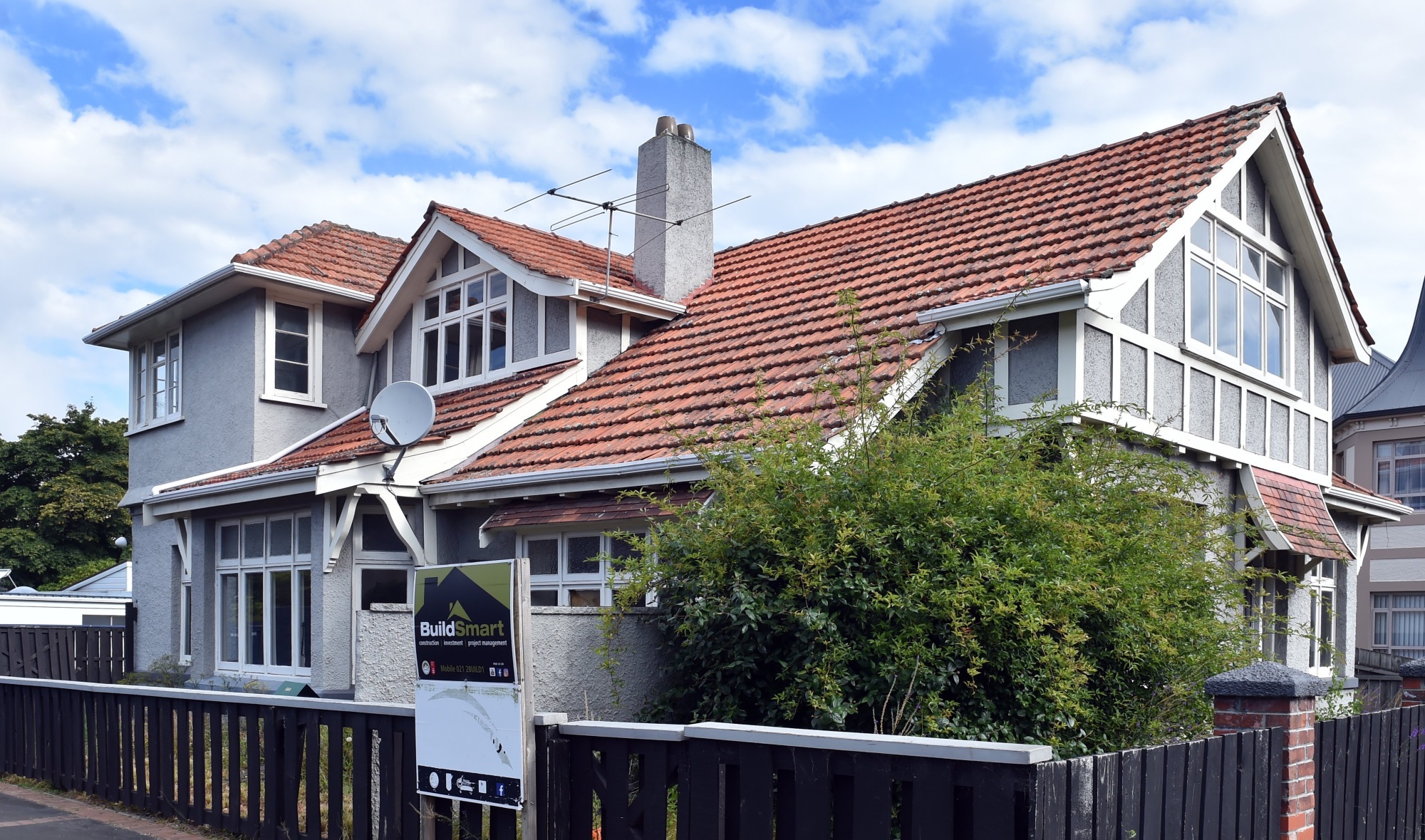
I was shocked to see the article by Grant Miller in the Otago Daily Times on January 26, 2023 about a demolition consent having been granted for a historic building on George St.
Our house borders on to 664 George St, and this was the first we knew about it.
Our understanding was the firm that gutted the house some 18 months ago was going to rebuild within the existing house. The thought of again living by a site to be demolished and rebuilt is awful to contemplate, but my main concern is the demolition of a fine building.
No-one, not the developer, DCC’s planning department or the architect, had the courtesy to come and speak to us.
I was told by the DCC planner who signed off on the consent that as long as the new build conformed to the Government’s new building laws brought in late 2022, we didn’t need to be advised. I guess it makes it easier if you don’t live in Dunedin to disregard the value of homes in the heritage precinct of a neighbouring city, and the people who live there.
My question is, how can we prevent out-of-town developers targeting our heritage or character-contributing houses and ignore the concerns of locals?
It is not good enough to say they wanted to invest in the existing dwelling, but it turned out the defects would have been too expensive to remediate, and it was more viable to demolish and redevelop. To me, what they are planning looks similar to all the other student flats, apartments and motels that have in recent years been built along George St.
In my opinion, one can’t call these buildings comparable in style or beauty to the one they want to demolish.
On the DCC website it reads "Dunedin values its cultural heritage as a vital part of its history and identity, and for the contribution it makes to its communities’ sense of place".
In the ODT Inside Out column (3.2.23), there is an article "Revamp honours buildings past", about the University Bookshop in north Dunedin, which was listed by Heritage NZ as a Category 2 Historic Place in 2018.
The revamp is “a great example of what can be done with heritage properties” and can be considered as a “real asset to the city” said the OUSA’s chief executive. The first floor has been converted into six apartments. The original light well had to be replaced and the floorboards and floor joists could not be saved but this did not deter them. This is a good example of keeping a heritage building alive and well for another 100 years.
Another example is from the ODT’s Business and Money page (4.2.23). A young couple bought the worst house in the best street in Green Island that was a "crumbling mess" and have transformed it.
Substantial work was required but it was “also about preserving the heritage value of the original 80-year-old building” with a great result.
“Why buy a house with character and take [away] all the character?” commented the owners. Indeed.
Dunedin faces the same problem as does all of New Zealand — how to provide enough housing for a growing population.
At the same time, surely we can preserve the special heritage character of our city.
- Maureen Smith is a Dunedin resident.











